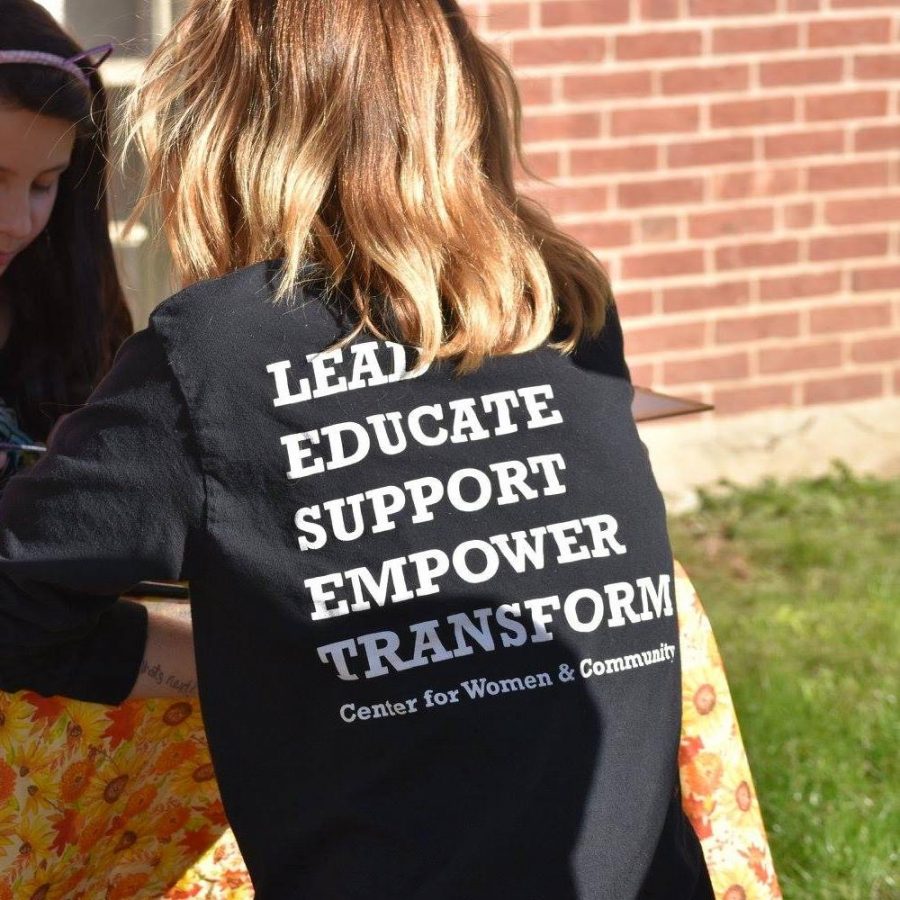Thursday evening marked another entry in what the Center for Women and Community (CWC) has called the “Justice Series”, a series of informational gatherings concerned with “economic, environmental and reproductive justice,” as explained by Hind Mari, leader of the Women of Color Leadership Network and organizer of the event.
“We wanted to have an event that really addresses why we should be informed consumers,” Mari said before speaking about the event’s objective, which was to inform its attendees on how to become more sustainable, eco-friendly consumers.
Showcasing a diligent presentation from Jillian Grimaldi, an instructional designer at the CWC, the event ignited conversation surrounding one of the more deceptively controversial industries in the world: the fashion industry — more specifically, the sub categorical “fast fashion.”
For those who may be unfamiliar with the term, fast fashion refers to the rapid, low-cost production of clothing by mass-market retailers. Examples of fast-fashion distributors include H&M, Forever 21, Zara and others. Many of these brands persist as dominant names in the fashion industry, offering trendy, up-to-date clothing for enticingly low prices.
The event kicked off with a brief, yet important analysis of fast fashion’s darker side. A 2015 documentary entitled “The True Cost” was referenced, which is an eye-opening film that uncovers the unethical and problematic practices attributed to the industry. There exists a number of large-scale issues that fast fashion has been responsible for — environmental, economic and ethical problems have all at the very least been attributed to the production of it.
A discussion of fast fashion may not seem to warrant much passionate argument or vehement debate, as much as, say, politics or religion, and Grimaldi validated this notion. Before learning about the issues of fast fashion, she admitted, “I was very much of the mindset that … it’s fashion … it’s not that important of an issue,” but thanks largely in part to “The True Cost” documentary, she came to the realization of how large of an issue it presents.
“Fashion makes such an impact on our environmental health,” she said.
Given that it is often sold in a hyper-accessible and low-cost demeanor, fast fashion is exceedingly easy for one to purchase. Certainly, the buyer may pay a low price for fast fashion, but the environment, for example, can’t say the same. Grimaldi noted that the fashion industry is second only to the oil industry in terms of its overall pollution output, a statistic that she commented put things “in perspective that [she] didn’t have before.”
The ongoing dominance of ready-to-wear brands like Uniqlo and Primark, for example, have made resistance efforts against fast fashion to render that of an uphill battle, and Grimaldi advised that this can feel “very overwhelming” to come to terms with. But hope for a more sustainable future in fashion has not been totally eclipsed just yet.
The event organizers came prepared with a plethora of ideas to encourage more sustainable shopping habits. Grimaldi affirmed that there is a “nice, wide range” of ways to go about breaking the fast fashion cycle. The list of remedies that were discussed included DIY projects, repurposing old clothes, hand-sewing items and other creative, eco-friendly schemes.
One participant said she had tailored an old flannel shirt into a skirt — one of the many other environmentally friendly projects that were conceived throughout the event.
Many attendees left the event with new, exciting ideas and crafty alternatives to consuming fast fashion.
“I feel like I learned so much from folks sharing things [ideas for sustainable fashion], I’ll be looking more [for ideas] I have not explored yet,” Grimaldi said.
Cameron Gibney can be reached at [email protected]. Follow him on Twitter at @HayesGibney.



















